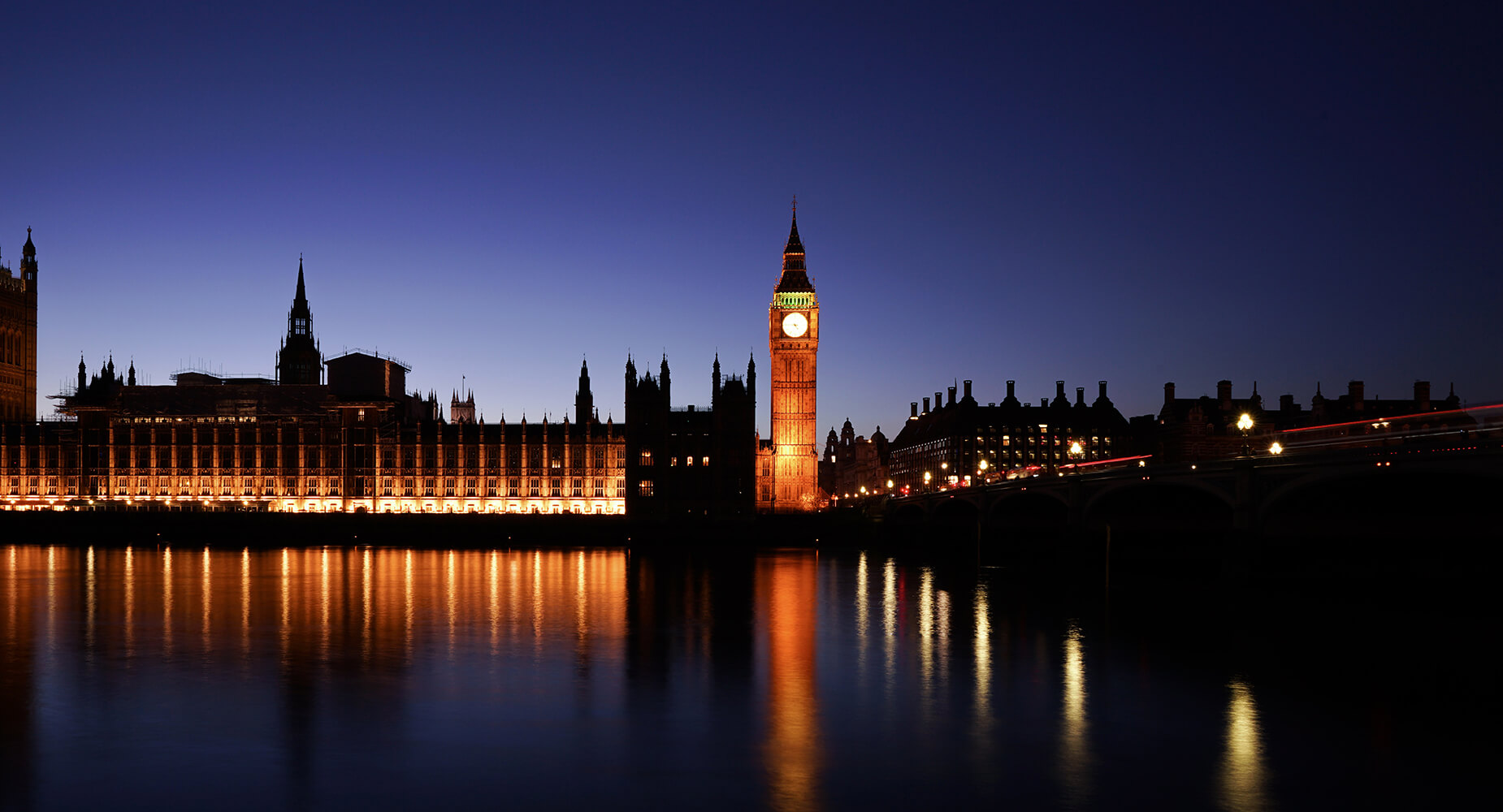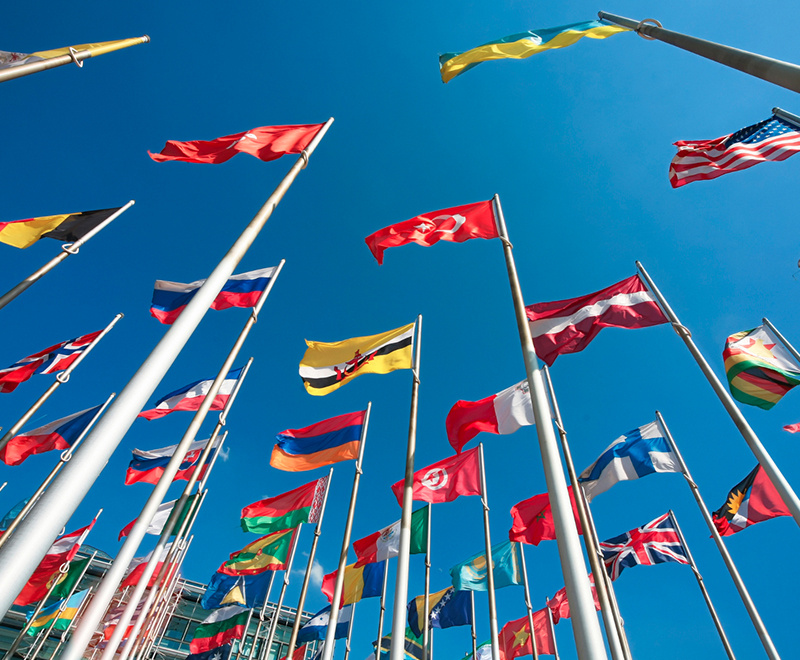New Year, new Government. Feeling empowered at Number 10, the Prime Minister moved to radically alter the makeup of her Government and Party’s leadership structure. Ben Stetson examines the changes and asks what impact this could have.
Shambolic they say, visionary I hear, a pioneer at Central Office one whispers. Theresa May’s New Year reshuffle has confounded expectations in more ways than one. Comprised of three independent elements, it was executed in a characteristically disjointed manner. Let’s start from the beginning.
Central Office – or should we say Conservative Campaign Headquarters (CCHQ) – underwent some radical restructuring. Hoovering up power from unelected officials and putting in a place entirely new leadership. Replacing Sir Patrick McLoughlin, a loyal servant to the party who served as a junior minister in Thatcher’s Government, with Brandon Lewis as Chairman and James Cleverly as Deputy placated the concerns of what is left of the Tory grassroots.
Though it was the raft of new Vice-Chairs that pricked up ears in Westminster. Appointing the likes of Ben Bradley – the young and plain speaking MP for Macclesfield – responsible for Youth, Kemi Badenoch – Nigerian born eloquent Brexiteer – for Candidate Selection, the Prime Minister sought to pick up where she left off when she was Party Chairman in Opposition yearning to rid the Tories of their ‘nasty party’ image.
At first sight, the appointments are a relatively bold statement of intent to entirely alter the manner in which CCHQ organise themselves, from policy development to candidate selection as well as building bridges with local associations. The appointment of a Vice-Chair for Business Engagement could be an important conduit to communicate with central figures at the party.
Secondly, the Cabinet. Political beliefs aside, one must admire Jeremy Hunt’s resilience and perseverance. Nevertheless, his commitment to health and social care may have had a knock-on effect triggering Justine Greening’s refusal to leave the Department for Education for the cauldron that is the Department for Work and Pensions.
As expected, the Prime Minister, however emboldened she may be feeling going into the New Year, did not dare move any the Cabinet big beasts. What she did do was bring another loyal Remainer into her inner circle. David Liddington’s appointment as Chancellor of the Duchy of Lancaster, and Minister for the Cabinet Office will shore up the gap left by Damian Green.
And finally, a new generation of junior ministers. Whilst the Daily Mail cries laments the departure of middle aged white men, many people may be quietly impressed with quite how radical Theresa May was yesterday.
To the layman this is the everyday churn of Westminster but to those watching more closely, she cleared out some of the deadwood and brought in many MPs elected in 2015. From Rishi Sunak at ‘MHCLG’ to Lucy Frazer at Justice and Nusrat Ghani at Transport, May has built the platform for a new generation made up of younger and more diverse MPs.
What this platform has done is release a smokescreen for a very strategic bit of gerrymandering. Whilst Suella Fernandes is the latest ardent Brexiteer to join the Department for Exiting the European Union, the Cabinet Office has been packed with influential Remainers. Not only the aforementioned David Lidington but also Oliver Dowden. A former Cameron aide and loyal centrist, “Olive” is a stern Remainer and influential member of the new generation.
How this all pans out in reality will come to the fore in due course. New advisers will be appointed and new briefings will begin. Of course, our pantomime former Chancellor turned editor – Mr Osborne – could not help but highlight the promotion of his cronies.
The only certain conclusion for now is the clear intention (and maybe desperation) by the Prime Minister to reshape the Party for the future and to ensure her legacy reaches beyond Brexit.




